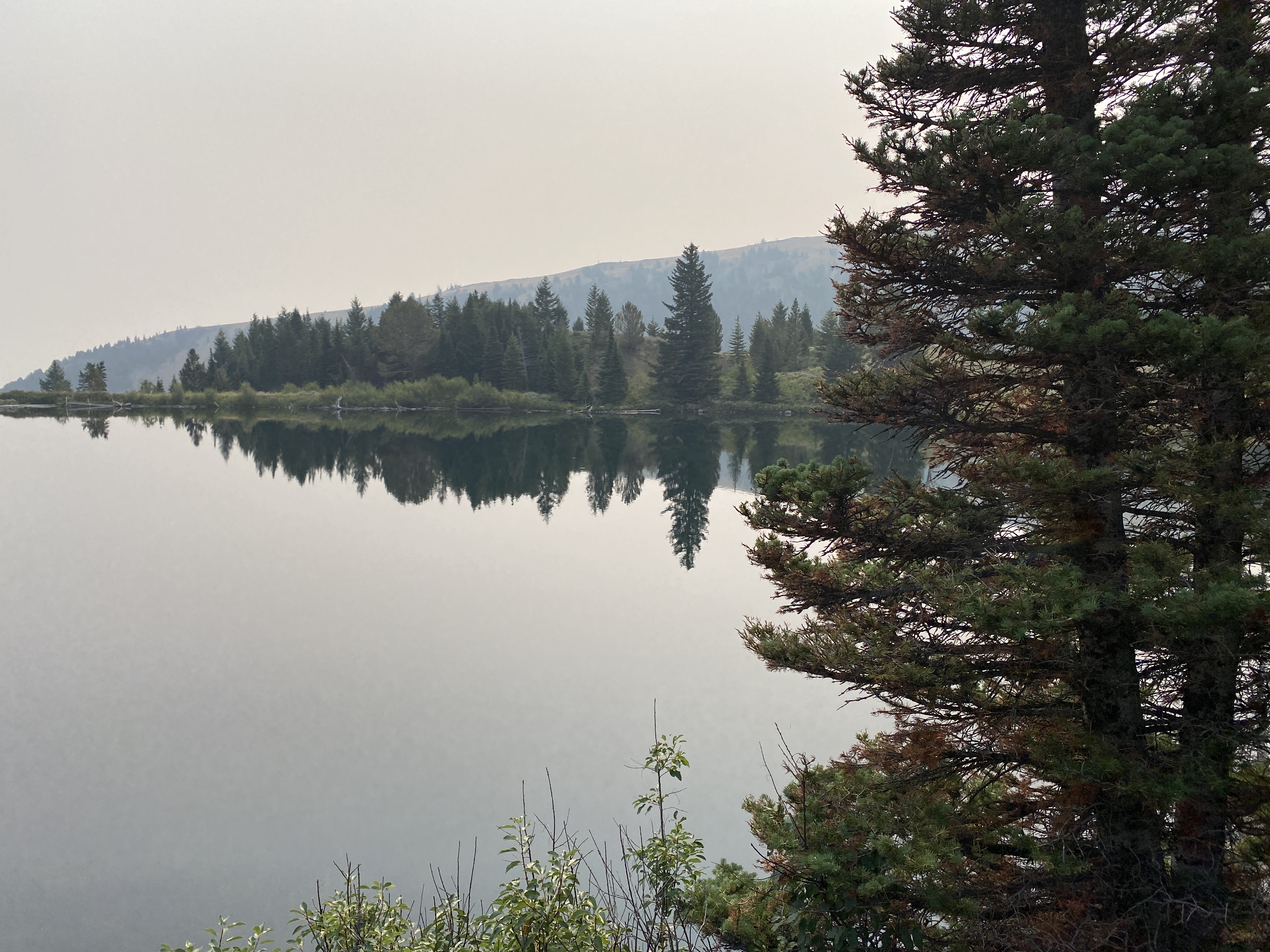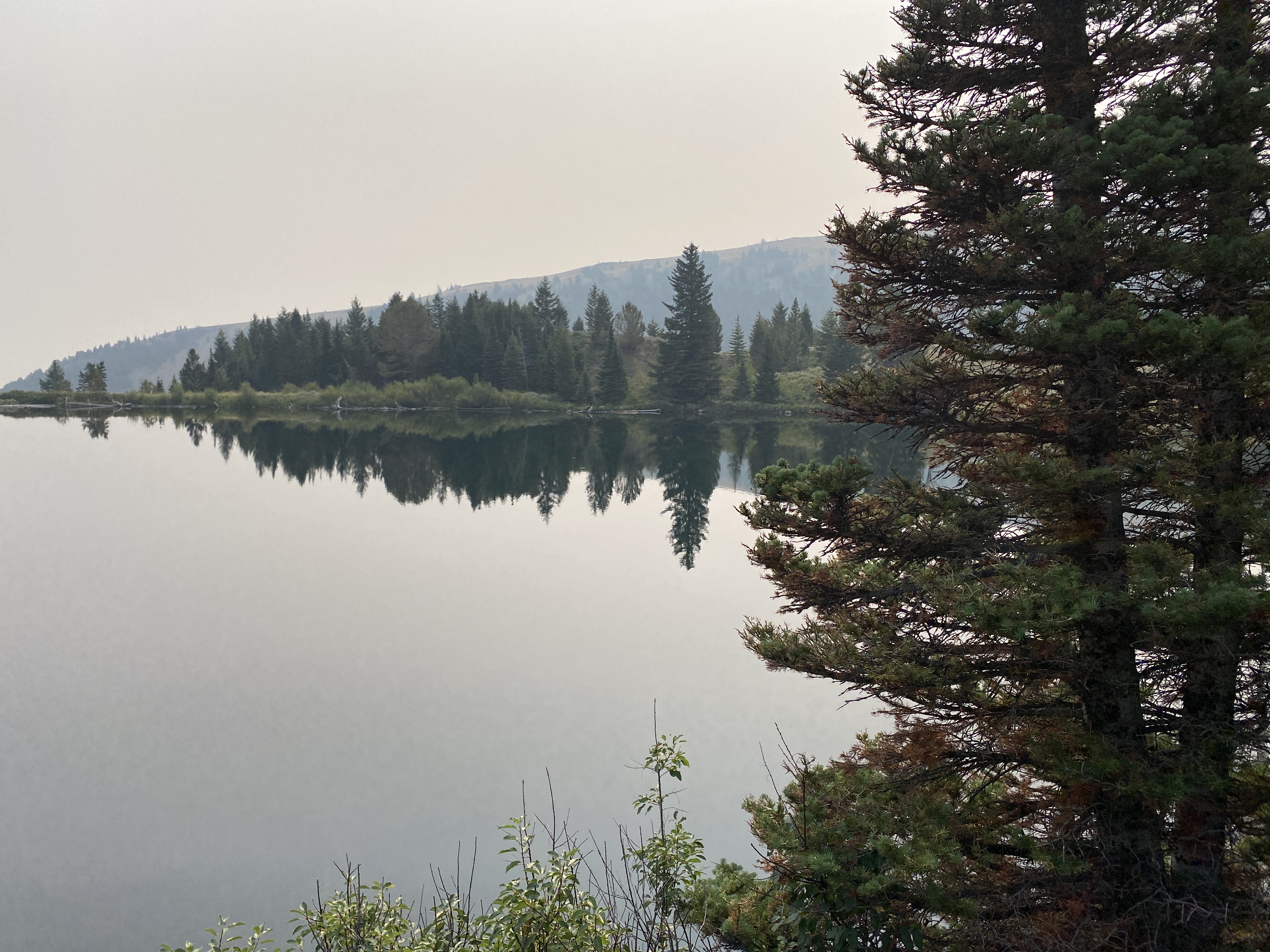California’s fires are making history in the scale, scope, and fury of what we’re seeing. In the span of a week, 12,000 lightning strikes hit the Golden State in what meteorologists call a lightning “siege.”
These California fires affected the air quality a thousand miles away in the Greater Yellowstone Ecosystem where I live.
The high levels of particulate matter polluted the Montana sky and made it hard to enjoy the outdoors.
Earlier this summer in June 20202, the Arctic Circle hit more than 100 degrees Fahrenheit. Tropical storms are headed to the Gulf Coast. We are experiencing climate change in real time during a global pandemic.
In the sustainability field, we talk a lot about climate adaptation. Most of that conversation centers around wildlife habitats, urban planning, flood control, and city design.
But now things are getting real.
We’re moving from models and projections to real life scenarios.

What will the future look like?
We need to talk about where we will live, how we will organize ourselves, and how will we will support each other. As we face these key questions, we must also take care of our well-being as we confront these converging crises and immense challenges ahead.
Here are 3 strategies to support our well-being as we contend with the climate crisis:
1. Connect with community
Technology and mobility translate into families often living far away from each other. The “busy-ness” in modern society means that we often do not know our neighbors. The upheaval of 2020 demonstrates that we will require a strong local base for resilience in the future. Create or find a support network within your community to talk about climate change, plan for weather-related emergencies, and brainstorm on how to promote climate adaptation in your neighborhood.
2. Educate yourself on climate solutions
There are tremendous resources that outline climate solutions and show that the technology to put our country on a clean energy path exists. The political will remains the biggest challenge. Check out The Climate Reality Project, Climate Power, and Rocky Mountain Institute for terrific research and guides on to the necessary technologies and policies to create a vibrant future.
3. Be sure to take time out for self-care
Action is a critical tool to alleviate “eco-anxiety.” Yet, we must take time to breathe and be present. Walking in nature, spending time with family, meditation or prayer, journaling, and exercise are powerful strategies to calm your anxious mind and restore a sense of peace.
We are living in a time of uncertainty and intense stress.
Education, action, and reflection are key steps to wellness. Remember that as we fight climate change we must lift each other up and take care of ourselves. We must have a sense of urgency to act on the climate crisis and also focus on self-care and community wellness as we move to forge a stronger, resilient tomorrow.
Heather White is an environmental lawyer, nonprofit consultant, and writer. She writes about sustainability and conservation issues and is especially interested in eco-anxiety. She is the President & CEO of Heather White Strategies. She is the past President of Yellowstone Forever, E.D. of EWG, and Hill staffer. She lives in Bozeman, Montana.


